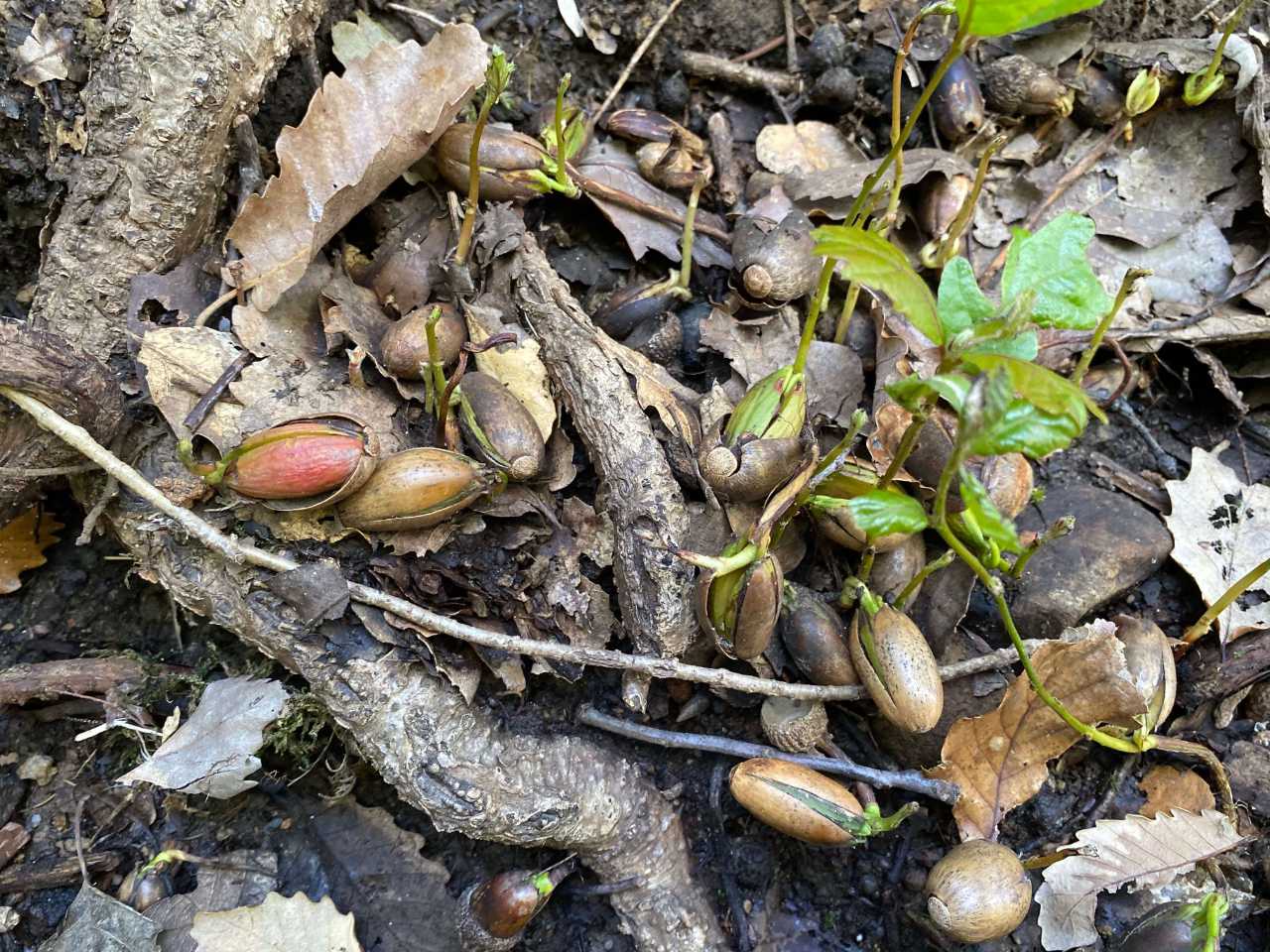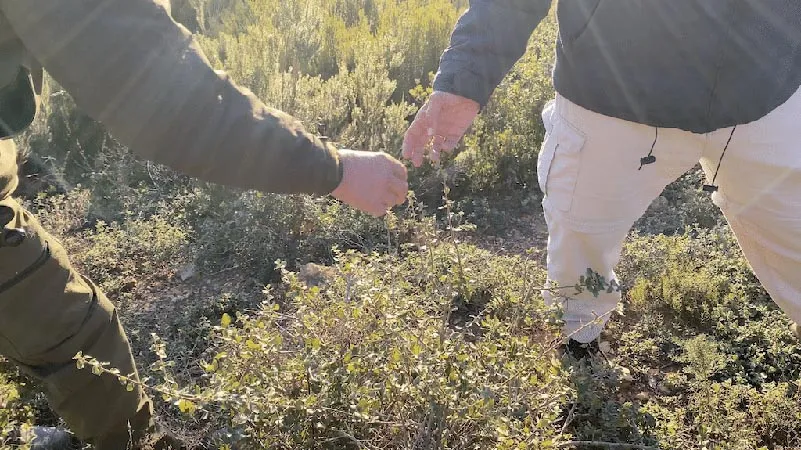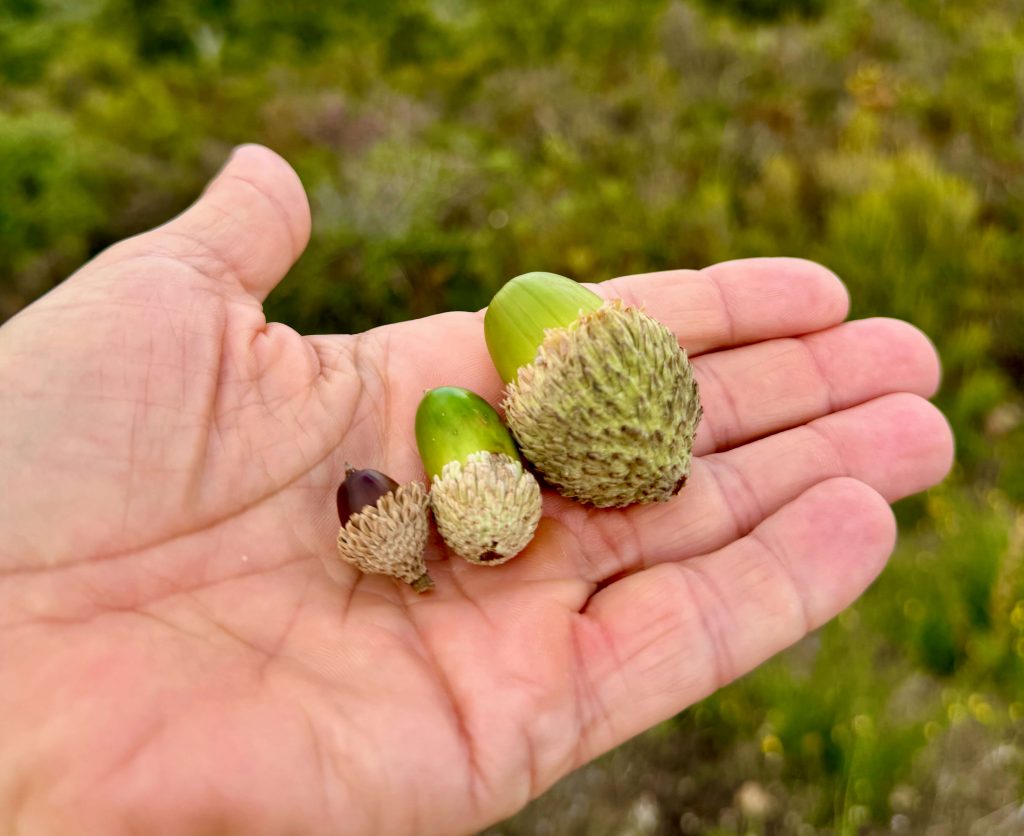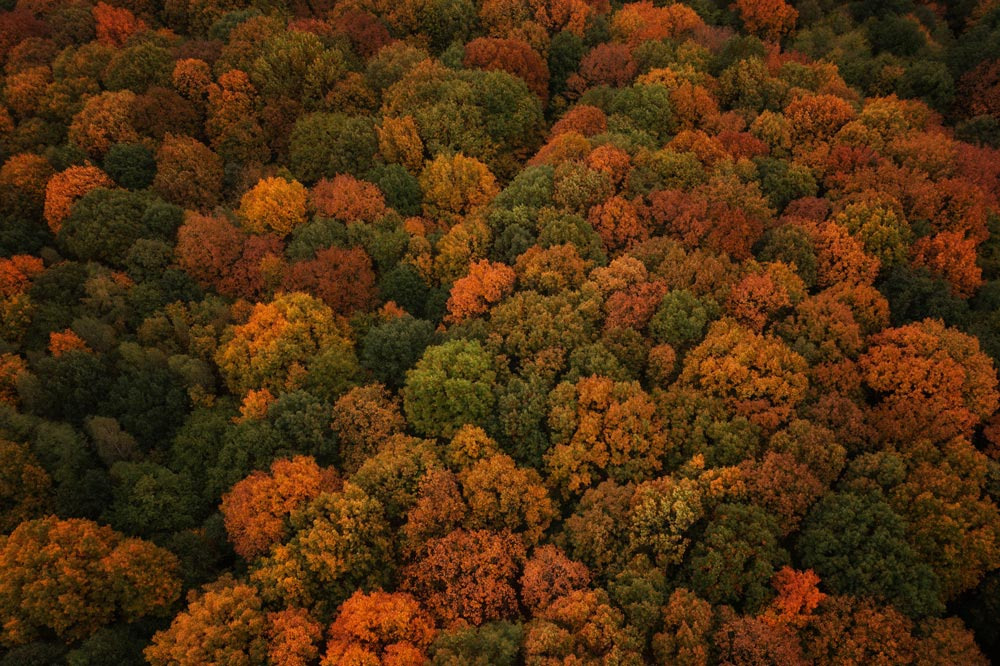
11 February 2024
The challenge of Natural Regeneration
Studies and practical experiences developed by Los Alcornocales Natural Park technicians since 2010 have established that the most efficient technique for promoting the natural regeneration of the cork oak forest is the planting of acorns. Lack of regeneration is the greatest threat to forests and "dehesas"…
The cork oak, holm oak, oak, chestnut, and beech forests of Europe, for the most part, face serious problems of natural regeneration, that is, the birth and growth of young trees that ensure the continuous replacement of older trees that die or are susceptible to timber or cork harvesting.
This regeneration is threatened by an excess of herbivores, generally the result of excessive game fauna or overgrazing in forested areas. In the use case of Los Alcornocales Natural Park, this fact is confirmed by scientific figures, researchers, and natural space managers.
The Alcornocales Natural Park experience

Alcornocales Natural Park staff checking the status of cork oaks that grew after planting
The studies and practical experiences developed by the technicians of the Los Alcornocales Natural Park since 2010 have established that the most efficient technique to promote the natural regeneration of cork oak forest is the sowing of acorns, combined with protective fences that prevent the transit of wild ungulates (deer, fallow deer, mouflon and feral pig) and the control of their populations to avoid damage to the regeneration of vegetation inside these fences.
These measures might be considered sufficient to ensure the natural regeneration of our forests. However, the initial situation is not favorable for this to occur, as we have very old cork oak stands, a climate crisis, and an attack by pests and diseases. It is not possible, therefore, rely entirely on natural regeneration, since it requires a series of circumstances that would synergistically promote its proper development and which, to date, do not exist:
- To successfully complete natural regeneration, it is necessary that good acorn harvests are produced for several consecutive years, that the acorn is viable (with a good capacity to germinate and develop), that climatic conditions are favorable for the germination, establishment and subsequent development of the seedlings, and that these do not fall prey to livestock.
- Having aging cork oak forests in a Climate Change context in South-west Europe means, among other difficulties, that acorn production is usually low, with small fruits and, consequently, low viability, since germination and subsequent development of seedlings is directly related to the size and quality of the acorn. It is therefore necessary to resort to aids for natural regeneration.

At the Alcornocales Natural Park, they have opted for a densification with acorns collected from other forests with good phytosanitary conditions and that usually produce good acorn harvests. The seeds used in densification come from the network of select stands included in the National Catalogue of Base Material, thus guaranteeing the origin and quality of the seeds. In addition, before planting, acorns are sorted, discarding any that are dry, insect-infested, or germinated and do not meet the conditions for germination and development in the forest.
Sowing acorns vs. seedlings
Sowing is done by simulating the natural fall of the acorn from the tree, without prior preparation of the ground. To this end, areas are selected where cork oak forests persist, even if only in a residual form, even in poor phytosanitary condition, or at least where there is shrub or bush cover, since the shade situation favors the survival of seedlings in the increasingly prolonged summer season caused by the climate crisis. When sowing, it is important to ensure that the seed comes into contact with the ground and does not remain suspended in the bush. Therefore, it is not done by broadcasting, but rather the acorns are placed on the ground under the shelter of the bush, which, in addition to providing shade, will protect the seed from livestock. In short, what the Alcornocales Natural Park does is simulate large natural acorn productions, but seek to provide favorable conditions for their germination and development.




